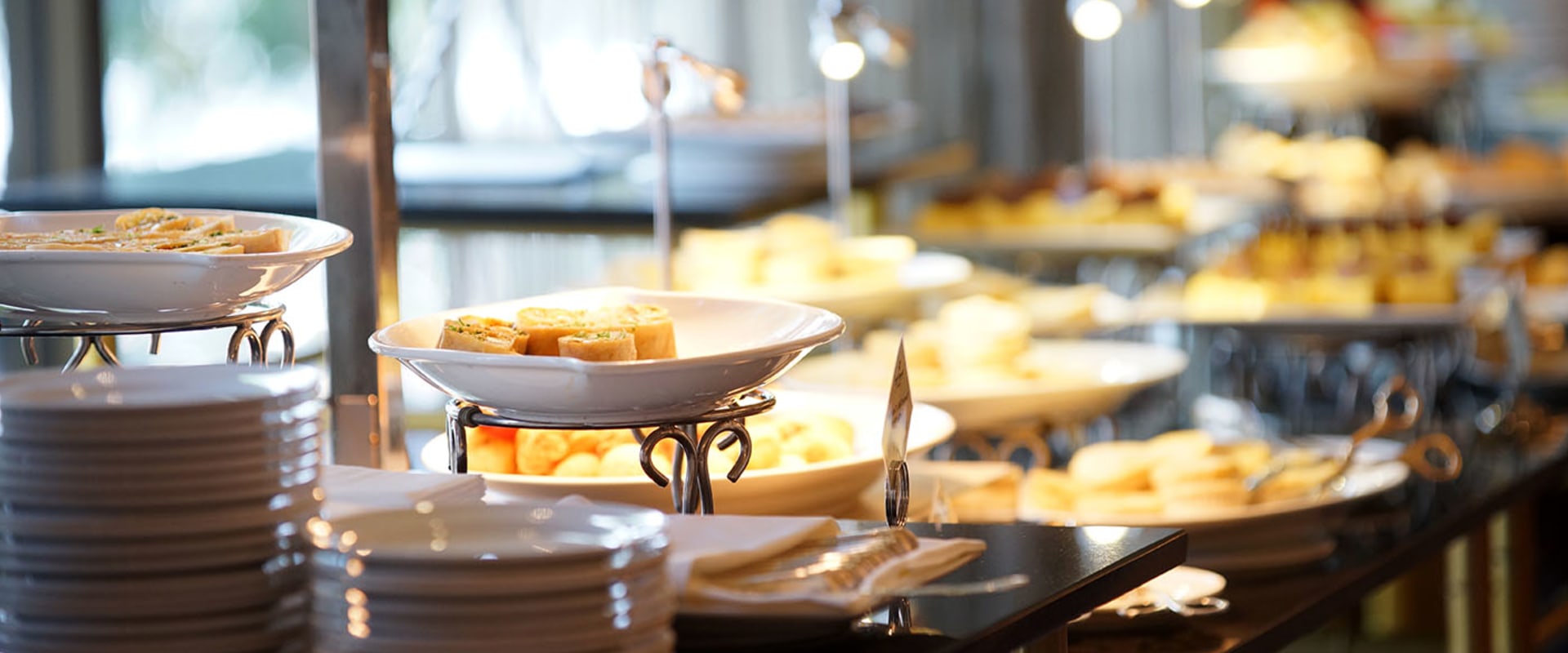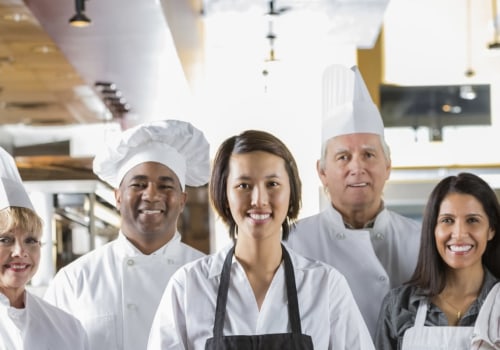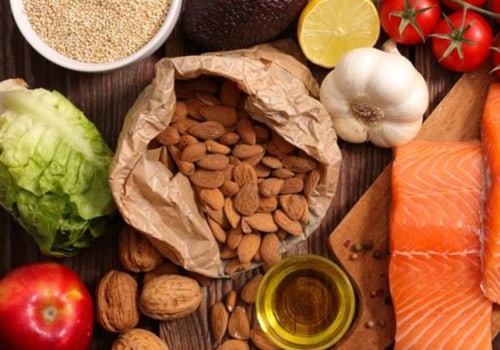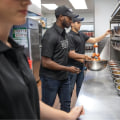Commercial and non-commercial are two types of food and beverage service operations. There are two general types of F&B Services operations: commercial and non-commercial. In this tutorial, we mainly consider the commercial food and beverage services sector. First, let's understand some common forms of the F&B service.
There are many different types of catering companies. Here's information on the different types of food and beverage companies. Luxury restaurants are food and beverage establishments where special meals are served with special presentations. In general, there is a customer profile with high purchasing power and customers consider food as an activity.
Its menus are very advanced and rich. Usually, there are a few separate menus prepared for beverages in fine dining restaurants. A significant percentage of income comes from alcoholic beverages consumed with meals. In current sources, “catering companies” are defined as companies that provide food and beverage services for leisure and recreation activities, social events and celebrations within various institutions and organizations. Although pubs are known as alcohol and entertainment businesses, they also offer some of the food services.
The F&B services offered to companies deliver food and beverages to their customers at a specific location (on the premises), such as a hotel, a restaurant or at the facilities intended for the customer (off-site). Food and beverage services can be broadly defined as the process of preparing, presenting and serving food and beverages to customers. Meals are served by experienced waiters with solid knowledge of food and beverages in an exclusive setting with table linen, fine porcelain, glass cups and silver cutlery. Food is often the medium for this sense of belonging (Koc & Welsh, 2001; Laroche, Kim, Tomiuk, & Belisle, 200). The main purpose of these restaurants, which emerged in the 1920s in the United States, is to prepare food as soon as possible and serve it to the customer. While many developed countries, including Canada, are struggling with health problems such as hypertension, diabetes and obesity, food operators are taking notice and developing new health-oriented menus.
These restaurants, which have emerged in the United States, are cheaper, simpler and easier to prepare food and table service businesses compared to luxury restaurants. While catering may seem exciting, it's a very stressful type of service due to reasons such as weather conditions, late arrivals, changes in event schedules or last-minute changes. These are fast-food establishments called quick-service restaurants where food is prepared, purchased and usually consumed quickly. Since most operations have a service side (direct interaction with the consumer) and a production side (preparation of food or beverages for consumption), the main costs incurred during these activities usually determine the viability or success of the operation. Every element from the food served to the decor even the staff uniforms is based on culture.
Meals are served by experienced waiters with solid knowledge of food and beverages in an exclusive setting. For this reason, all major food and beverage operators carefully monitor their online reputation and social media presence.









